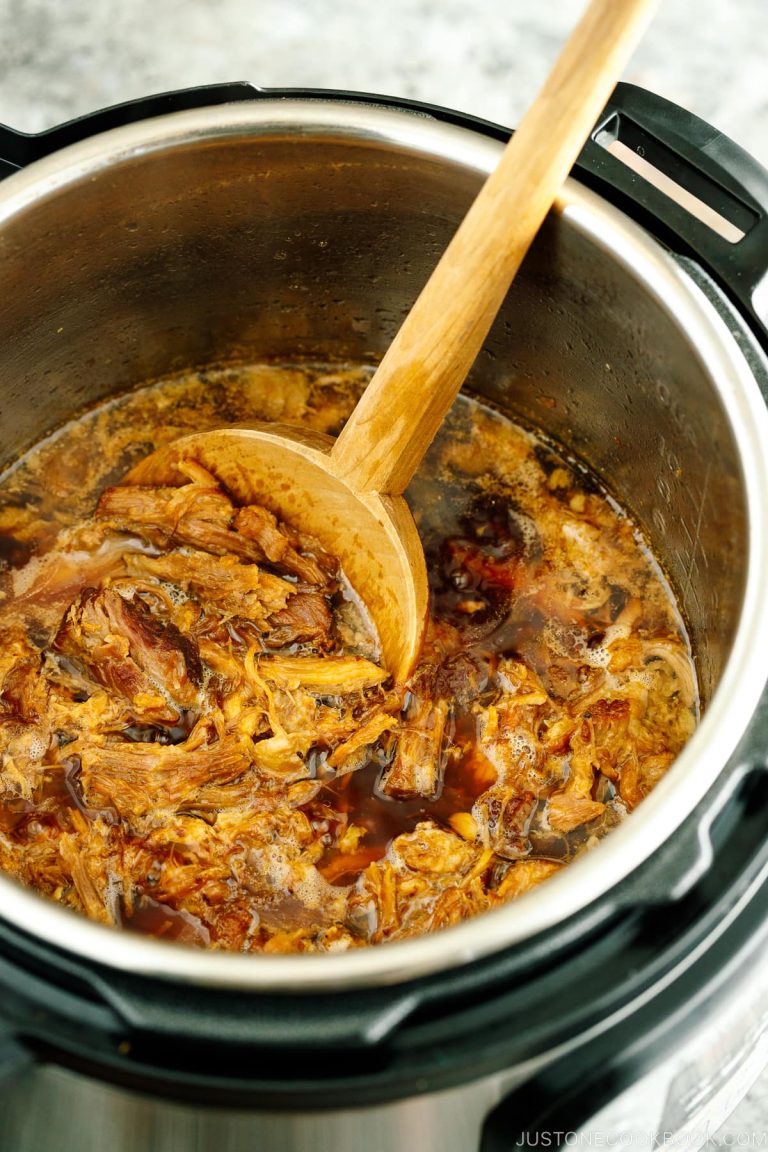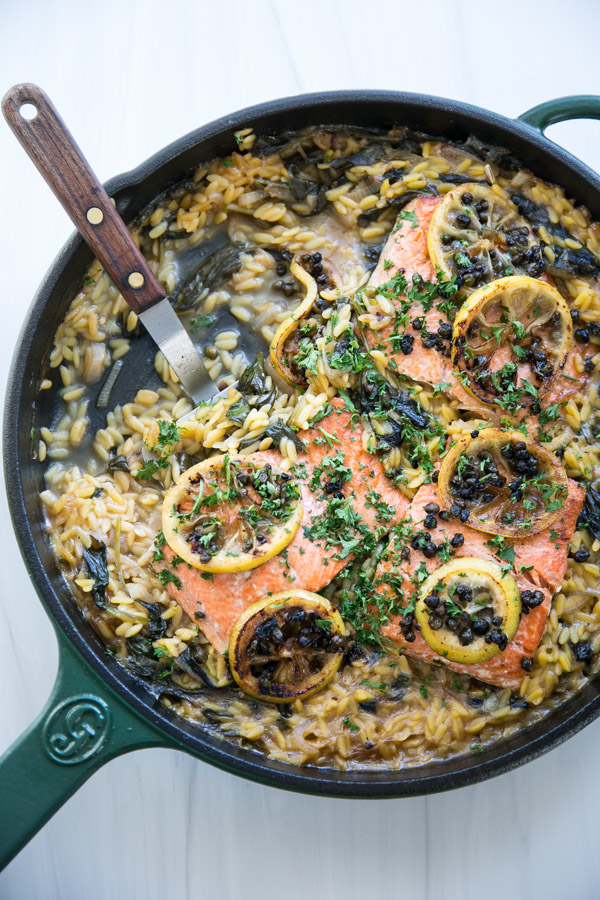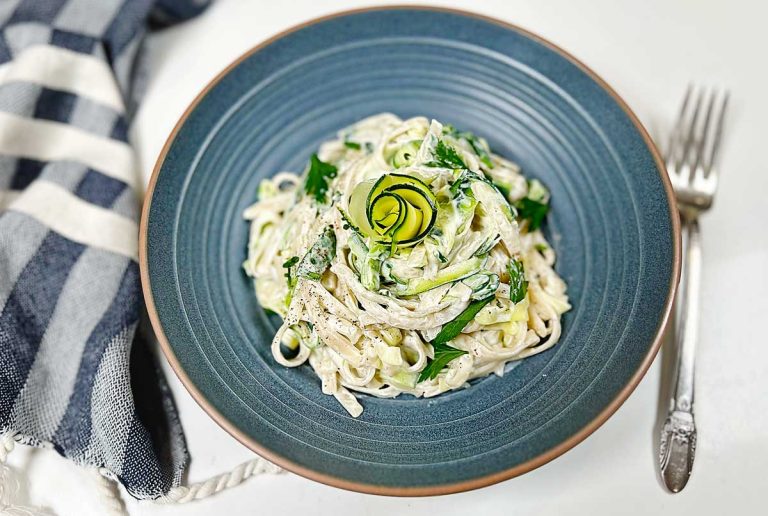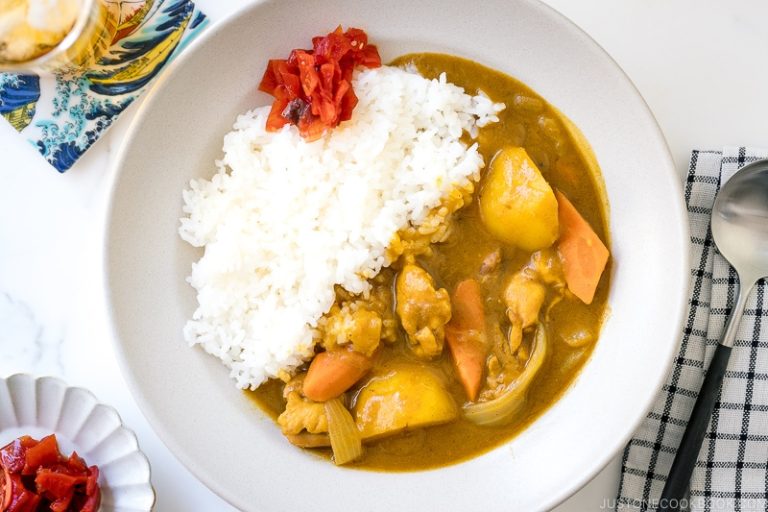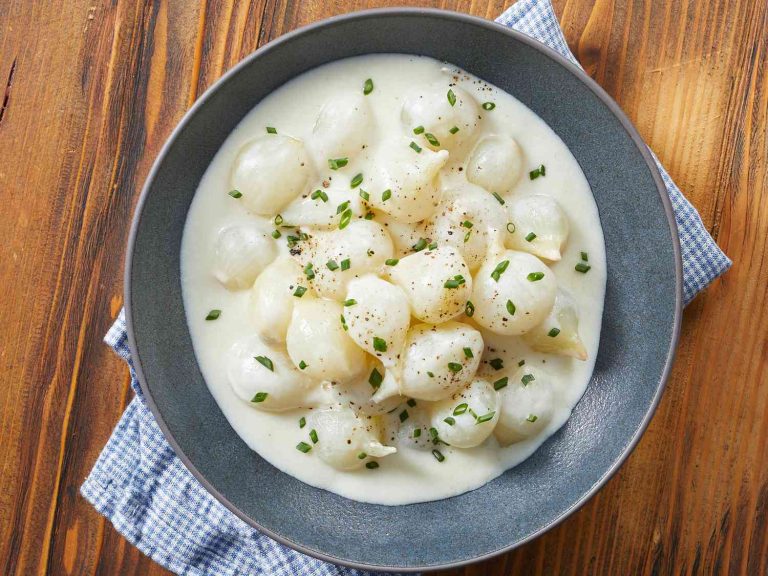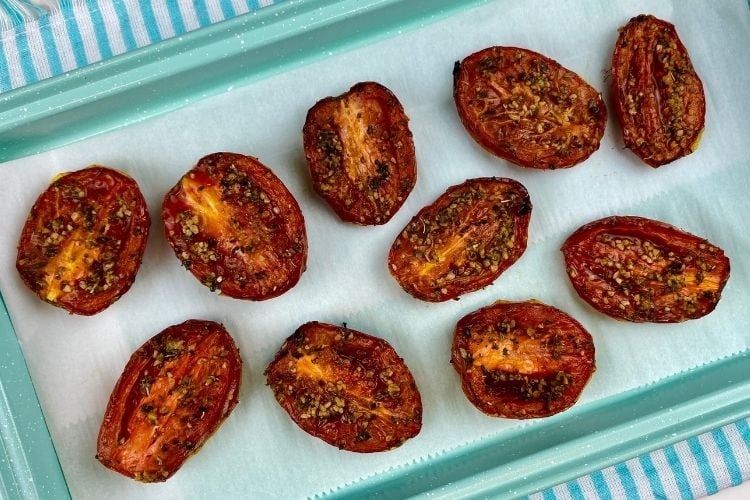Never Fail Biscuits: Tips, Variations, and Gluten-Free Options
Never Fail Biscuits promise consistent, delicious results by following a no-fuss recipe. Using basic ingredients like flour, baking powder, butter, and milk, you can create biscuits that are fluffy and flavorful every time. The key lies in the proportions and techniques.
Key Ingredients
Never Fail Biscuits use common pantry staples to achieve their signature taste and texture.
- Flour: All-purpose flour forms the base. It’s sifted to incorporate air, ensuring the biscuits are light.
- Baking Powder: This leavening agent gives the biscuits their rise. Using fresh baking powder is crucial for the best results.
- Butter: Cold, unsalted butter contributes to the flakiness. Cut it into the flour until pea-sized crumbs form.
- Milk: Whole milk binds the ingredients. It’s added gradually to maintain the dough’s consistency.
Essential Techniques
Simple techniques enhance the reliability of Never Fail Biscuits.
- Mixing: Mix dry ingredients before adding butter. This ensures even distribution.
- Cutting Butter: Use a pastry cutter or fingers to integrate butter without melting it. Cold butter is essential for flaky biscuits.
- Adding Milk: Pour milk slowly into the dry mixture. Stir gently to avoid overworking the dough.
- Rolling Dough: Roll dough to a uniform thickness. Avoid pressing too hard to keep biscuits tender.
- Cutting Biscuits: Use a sharp cutter. Press straight down without twisting for cleaner edges.
Baking Tips
Follow these baking tips to achieve the best results.
- Preheating Oven: Ensure your oven is preheated to 425°F (218°C). This helps biscuits cook evenly.
- Baking Time: Bake for 12-15 minutes. Check for golden tops as an indicator.
- Cooling: Cool on a wire rack. This prevents the bottoms from becoming soggy.
Common Issues and Solutions
Addressing common issues ensures Never Fail Biscuits come out perfect every time.
- Flat Biscuits: If biscuits are flat, check the freshness of baking powder and ensure butter is cold.
- Dry Biscuits: Dry biscuits may occur from overmixing or too little liquid. Adjust mixing time and milk quantity as needed.
- Tough Biscuits: Gentle handling and minimal kneading prevent toughness. Use light pressure when rolling out the dough.
Key Ingredients in Never Fail Biscuits
Flour Choices and Their Impact
Different flours affect the texture and rise of your biscuits. For “Never Fail Biscuits”, use all-purpose flour for a balanced structure and tenderness. It has a moderate protein content, providing the right balance of gluten. Self-rising flour, which includes baking powder and salt, can also be an option if you want to save a step, but be aware of the additional leavening. Whole wheat flour introduces more fiber and nutrients, but it results in denser biscuits. A 50:50 mix of whole wheat and all-purpose flour can offer a compromise between health benefits and texture.
Fats and Liquids for the Perfect Texture
The choice of fats and liquids heavily influences biscuit texture. Cold butter creates flaky layers; cut it into small cubes and incorporate it into the flour until the mixture resembles coarse crumbs. Shortening or lard delivers a slightly different texture, resulting in softer biscuits. Milk or buttermilk adds moisture and tang. Buttermilk provides an acidic element that interacts with baking powder to create additional rise. Ensure all ingredients, especially butter and milk, remain cold until combined to prevent them from melting prematurely, which maintains the dough’s intended texture.
Step-by-Step Guide to Making Never Fail Biscuits
Mixing the Ingredients
Start by preheating the oven to 450°F (232°C). Combine 2 cups of all-purpose flour, 1 tablespoon of baking powder, and 1 teaspoon of salt in a large bowl. Cut in 6 tablespoons of cold, unsalted butter using a pastry cutter or two forks until the mixture resembles coarse crumbs. Gradually add 3/4 cup of cold milk, stirring just until the dough starts to come together. Avoid over-mixing to prevent tough biscuits.
Baking to Perfection
Transfer the dough onto a lightly floured surface and gently roll it to a 1/2-inch thickness. Use a round biscuit cutter to cut out biscuits, making sure to press straight down without twisting to ensure even rising. Place the biscuits on an ungreased baking sheet, spacing them about 1 inch apart. Bake for 10-12 minutes, or until the tops are golden brown. Immediately transfer the biscuits to a wire rack to cool slightly before serving.
Common Mistakes and How to Avoid Them
Incorrect Measurements
Precise measurements play a crucial role in making biscuits. Use a food scale, accurate measuring cups, and spoons for flour, baking powder, butter, and milk. Incorrect quantities can alter the texture and flavor. For example, using too much flour results in dry biscuits, while too little baking powder affects the rise. Level off your measurements to ensure accuracy.
Overworking the Dough
Overworking the dough leads to tough biscuits. Mix ingredients until just combined and avoid extensive kneading. When you cut in the butter ensure it’s in small, pea-sized chunks and evenly distributed without melting. Handle the dough minimally when rolling and cutting to maintain flakiness. Use a sharp biscuit cutter to reduce pressing and twisting on the dough.
Variations of Never Fail Biscuits
Adding Flavors and Toppings
Enhance the taste of your Never Fail Biscuits by incorporating different flavors and toppings. Add shredded cheddar cheese and chopped jalapeños for a spicy twist. Mix in herbs like rosemary or thyme to introduce a savory note. Sprinkle sugar and cinnamon on top before baking for a sweet version. Brush biscuits with melted garlic butter after baking for a garlic-flavored delight.
Gluten-Free and Vegan Alternatives
You can cater to dietary preferences by making gluten-free and vegan versions of Never Fail Biscuits. Use gluten-free flour blends to replace regular flour while maintaining texture. Substitute dairy milk with almond or soy milk, and replace butter with a vegan margarine or coconut oil. Use baking powder to maintain the rise and structure of the biscuits. Ensure all ingredients are certified gluten-free to avoid cross-contamination.
Conclusion
Mastering the art of “Never Fail Biscuits” opens up a world of culinary possibilities. By following the detailed guide and incorporating the suggested variations, you can create biscuits that cater to any taste or dietary need. Whether you’re a novice or an experienced baker, these biscuits promise consistent quality and deliciousness. So, roll up your sleeves and get baking—you’ll soon discover why these biscuits are a staple in any kitchen.

